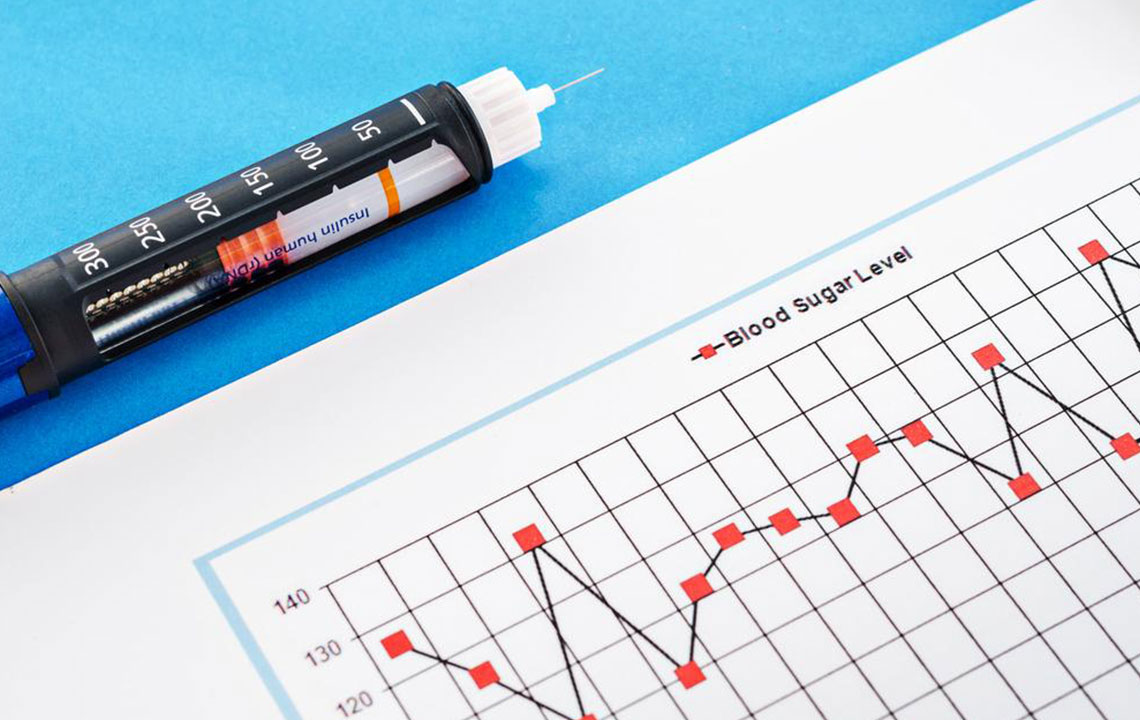Understanding The Importance of Blood Sugar Levels Chart

Blood sugar is the amount of glucose (sugar) that is present in the blood. For metabolic homeostasis, the body naturally regulates blood glucose levels. The primary source of energy in blood cells and blood lipids is glucose. Blood sugar level is usually low in the morning and rises after one consumed food.
It is when the blood sugar levels are not in the normal range, medical attention is required. A blood sugar level chart shows the fluctuation of blood sugar and insulin (sugar lowering hormone) in people through the day. The chart shows at what time of the day were the glucose, insulin, starch, and sucrose levels are high and low. From blood sugar levels chart you can find the blood glucose levels before and after meals.
Blood sugar levels chart is great monitoring your glucose intake and manage it. Here are some of the reasons why this testing through chart is important:
- Testing blood sugar level through blood sugar levels chart is important for diabetes care. If you have been trying to curb your diabetes, then this chart helps you to gauge how well you are doing in trying to achieve your overall goal.
- The measure you are taking such as diet and exercising, how that has been affecting your diabetes can be known and monitored well with the help of these blood sugar levels chart.
- The chart helps you understand how other factors such as illness or stress can contribute to affect your diabetes.
- If you are on medications, then a blood sugar levels chart will help you understand how well those medicines are working for you.
- And it also states the high and low blood sugar levels.
The right time to check the blood sugar levels chart: Doctors usually tell you when you should check your blood sugar level. It also depends on the type of diabetes that you have. How often you must check your blood sugar level depends on the type of diabetes you have.
In type I diabetes, you may be recommended to check the level at least 4 to 8 times a day. Testing before meals and snacks, before and after you exercise and before you go to bed is recommended. Sometimes you can check the level even during the night. All the testing can then be mentioned in the blood sugar levels chart that helps the doctor get a better understanding of the progress you are making to control diabetes. If you are ill or sick, the levels can be tested more often. It should also be tested often when you change your routine or get on medication.
In type II diabetes, the doctors might ask you to take the test two times or more because of the insulin you take. The test is taken to check the results of insulin and understand if you need to make any changes with the dose of insulin you are taking at present. Here the testing is recommended before meals and bedtime. If you are taking medicines that are noninsulin and can manage type II diabetes with just that, then you may not have to take the blood sugar level test daily for your blood sugar levels chart.
Your blood sugar levels chart with be based on certain factors like:
- Your age
- The type of diabetes you have
- Time since you have diabetes
- Your pregnancy status
- Diabetes complications if any
- Overall health and other medical conditions or history
Most diabetic patients are recommended to have their blood sugar level between 80 and 120 milligrams per deciliter for people who are 59 or below and have no other medical conditions.
Diabetic patients who are 60 years or older are recommended to have 100 and 140 milligrams per deciliter. This is also the recommended amount for those who have other medical conditions such as heart diseases, kidney diseases or lung diseases.
Testing the blood sugar level
There is a small electronic device that is used for testing the blood sugar level for blood sugar levels chart. The meter takes a sample of your blood, and from that sample, it reads the amount of sugar. The sample is usually taken from the fingertip with the help of a disposable test strip.
It isn’t easy to take the test yourself as these devices are user-friendly and are made to have people take the test on their own without having to visit the doctor or medical assistance. Of course, the first timers are recommended to take the tutorial from a medical professional.
Each time the test is taken, results must be written down. This helps in creating the blood sugar levels chart. While recording the results, make sure you mention these things:
- Time
- Date
- Medication (if any)
- Diet
- Exercise
- And most importantly the test result



